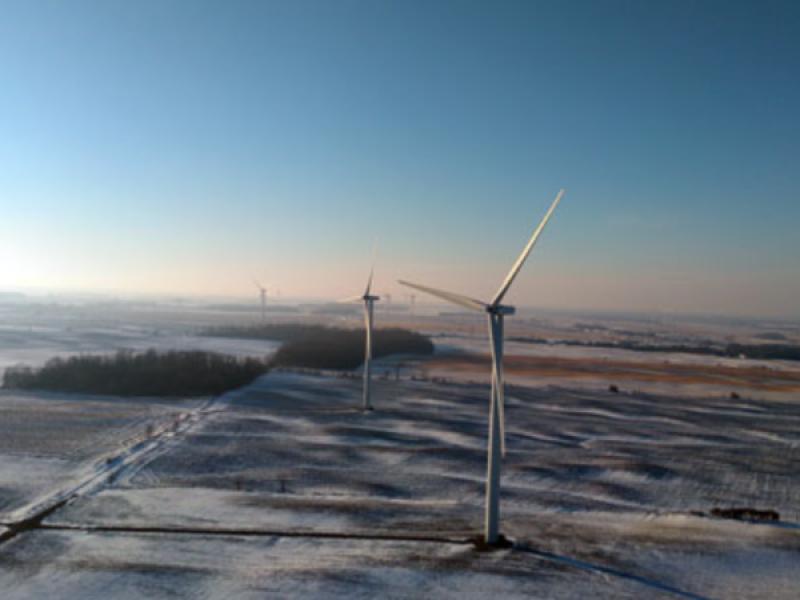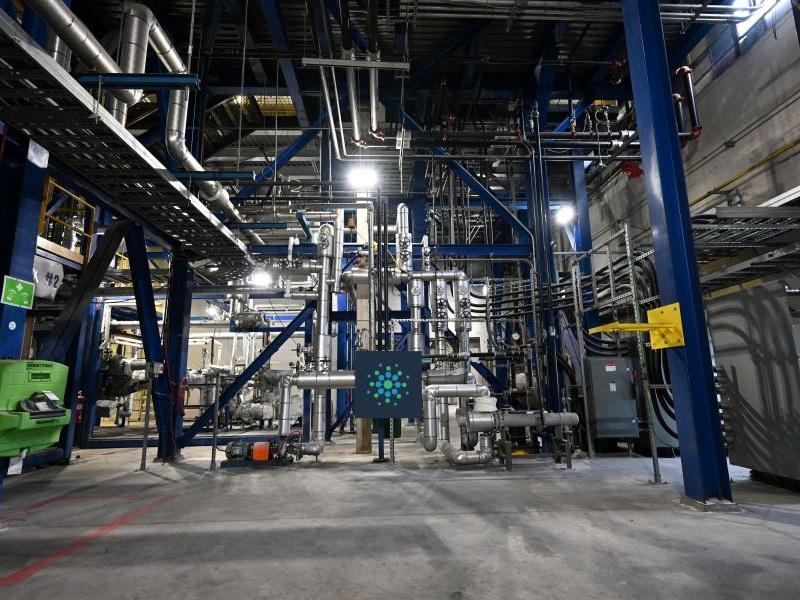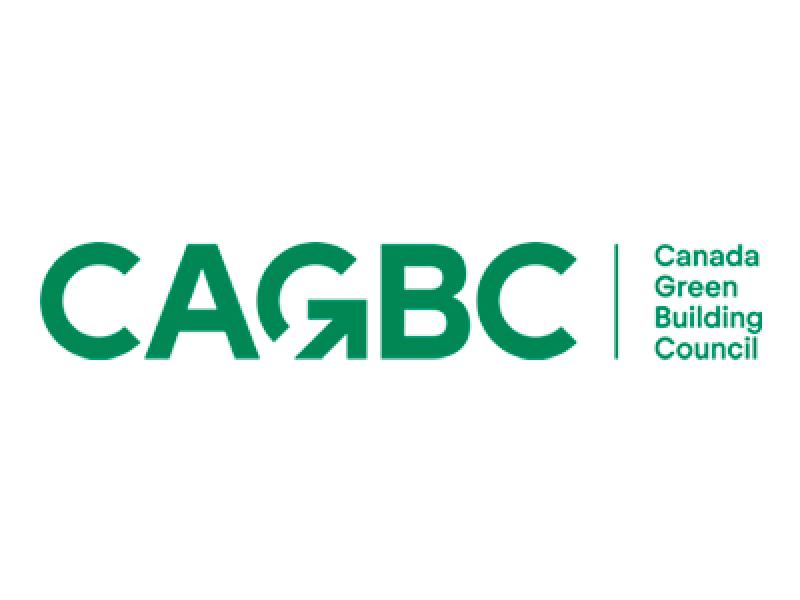Ontario will be the first province to introduce an energy and water reporting and benchmarking regulation for large privately owned buildings next year, and the Canada Green Building Council held an April 6 workshop in Toronto to help owners prepare.
 “Benchmarking helps owners in a number of different ways,” said Eric Chisholm, technical lead for WSP Canada, a professional services and engineering consultancy firm known as Halsall Associates before it was acquired by Montreal-based WSP Group in 2014.
“Benchmarking helps owners in a number of different ways,” said Eric Chisholm, technical lead for WSP Canada, a professional services and engineering consultancy firm known as Halsall Associates before it was acquired by Montreal-based WSP Group in 2014.
“It manages costs, identifies best practices, helps to set and achieve measurable goals, evaluates results, compares similar facilities, measures improvement over time, and identifies and unlocks value in energy-efficient and water-efficient buildings.”
Buildings in Ontario were responsible for 19 per cent of the province’s greenhouse gas emissions in 2013, the year the provincial government’s long-term energy plan adopted a policy of putting conservation first.
Public sector buildings already have program
Reporting and benchmarking for public sector buildings in Ontario has been in place for four years. Brian Byrnes, a senior advisor on conservation programs and partnerships for the Ontario Ministry of Energy, said the program has been a success and there was a 97 per cent reporting rate last year.
A similar reporting and benchmarking program exists in some United States cities, including New York City and Philadelphia. Using the Energy Star Portfolio Manager online tool, it has led to a seven per cent reduction in building energy use over three years.
“It is proving to be cost-effective in many cases already,” said Chisholm. “Conservation is the cleanest and most cost-effective energy resource.”
Energy Star Portfolio Manager
Energy Star Portfolio Manager, which is provided for free by Natural Resources Canada, will also drive the Ontario program. As of last August, about 5,800 buildings in Ontario were tracking performance with Energy Star Portfolio Manager.
The Ontario Ministry of Energy will support building owners through education and training, a program website and webinars.
“The energy savings are expected to outweigh the time costs of compliance,” said Chisholm. “It’s not seen to be a terribly costly exercise to go through.”
To get started, building owners should identify a benchmarking lead who will be the main contact person for the ministry.
They should also open an account and start gathering information and using Energy Star Portfolio Manager. It uses a zero-to-100 scale where the average score is 50 and anything above 75 is considered exemplary.
Multi-tenant building owners report on entire building
Owners of multi-tenant buildings are responsible for reporting on the entire building.
“There is an obligation for utilities to provide whole building aggregate data for the recording year to the building owner,” said Chisholm. “Some owners I’ve spoken to are ecstatic about this because it’s the first time they’re going to be able to see the total building energy use.”
Some information will be disclosed to the public annually on Ontario’s open data website, including property identification and energy performance metrics. Other information will remain private to maintain some confidentiality.
External requests for such things as gross floor area, total water consumption, total energy consumption and total greenhouse gas emissions will be reviewed by the Ontario Ministry of Energy on a case-by-case basis.
Reporting deadlines
The first reporting deadline for commercial/industrial buildings of more than 250,000 square feet will be July 1, 2018 and include information from the 2017 calendar year. Commercial/industrial and multi-unit residential buildings of more than 100,000 square feet will have a first reporting deadline of July 1, 2019, covering information from the 2018 calendar year.
Commercial/industrial and multi-unit residential buildings more than 50,000 square feet will have their first reporting deadline on July 1, 2020, including information from the 2019 calendar year.
In all cases, the first year of reported data will be collected by the Ontario Ministry of Energy but won’t be publicly disclosed, allowing owners to gain experience with reporting.
“In the first couple of years, we’re just hoping to get good quality data and compliance,” said Byrnes.
Buildings larger than 100,000 square feet will be asked to have data verified by a recognized and appropriately certified professional in the first year of reporting, and then every five years. Verification can be done by a qualified member of the building’s staff or by a third party.
Condominium corporations will be legally responsible for condo compliance. If there’s more than one building on a property and they’re metered separately, each building should be reported individually.
Reporting compliance and exemptions
Privately owned buildings of less than 50,000 square feet and multi-unit residential buildings with fewer than 10 units won’t have to report, nor will all industrial buildings. Certain other buildings — including those housing data centres, television studios or trading floors — may receive ongoing exemptions.
There are annual exemptions for such things as:
- a property owner becoming insolvent;
- a tax arrears certificate being registered against a property;
- a property being subjected to power of sale or foreclosure under a mortgage;
- or if the average occupancy drops below 50 per cent during the year.
In such cases, building owners must apply at lest 60 days before the reporting deadline and exemption forms will be provided by the government.
A form of “shaming” is used by the Ontario government for public sector buildings that don’t report, said Byrnes, who added that the repercussions for non-compliance by privately owned buildings haven’t yet been decided. There are penalties and fines in some U.S. jurisdictions for non-compliance.
“We’re trying to encourage them to do something that we think makes a lot of sense,” said Byrnes. “We’re trying to be open-minded and supportive first, before instituting penalties.”







